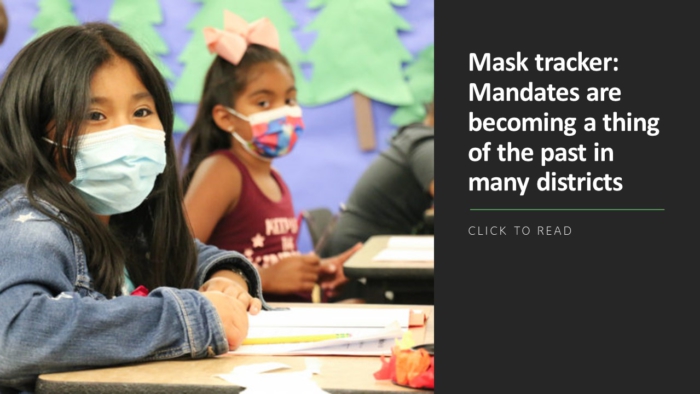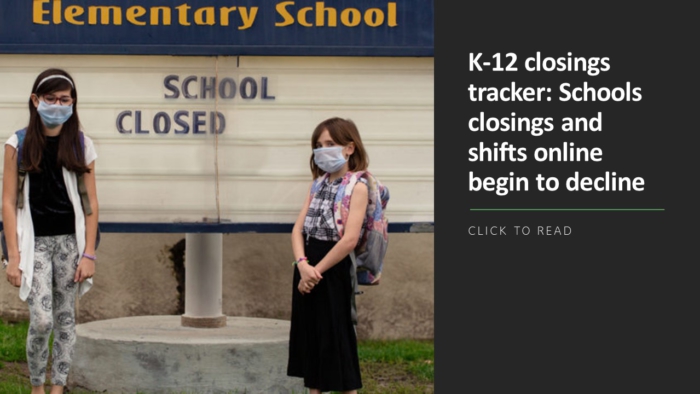Long before the challenges of COVID or the social unrest from this past year, equity has been a top priority for Alief Independent School District (Alief ISD) in Texas. Leaders from across our racially-, ethnically-, and socioeconomically diverse district – from the Board of Trustees to the superintendent to the administrative team – wanted to ensure all of our students, regardless of where they live or what campus they attend, have fair and equitable access to the vast programming and quality teachers our district has to offer.
This common desire and goal prompted us to take a voluntary deep dive into our equity practices. While there was already a lot of meaningful work being done in this area and many positive structures and practices in place, it was important for us to also proactively uncover any blind spots we weren’t seeing. We knew that to be a leader in the area of educational equity, we needed a tangible plan and policy in place.
This led to Alief ISD’s multi-faceted and multi-year equity initiative – one in which we hope will provide a solid foundation for many years to come. The following best practices have helped guide this important work to date.
Create a Common Definition. Just as having a common language of effective teaching is important at the classroom, school, and district level, having a common definition for – and understanding of – equity was a necessary first step for us as a leadership team. What does equity mean for our diverse student body that speaks more than 89 different languages? What would this look like in our district? What do we really want to see?
For example, we all agree that providing girls with equal STEM opportunities is important, but what resources are we giving them access to so they can pursue a science degree and make the same income in their careers as men? And, we all agree that it is important for students to be treated fairly, but what does this really look like, especially for African American boys and students with special needs?
Creating a clear and concise definition of equity is a critical first step in laying the groundwork for improvement, as well as for ensuring effective ongoing communication.
Gather Data. As a district, we have always been driven by data – everything from student achievement data in i-Ready and results from the State of Texas Assessments of Academic Readiness (STAAR) to responses on school culture and climate surveys – to see how we can continuously improve and better support our students. Data is so essential to tracking the implementation and effectiveness of programs and systems in place as it guides intervention when necessary.
This same sentiment certainly applies to our equity work. After defining equity, we wanted as much data as possible to inform our work so we hired external consultant Dr. Roger Cleveland of Millennium Learning Concepts to conduct an audit of our equity practices. This included interviews with central administration, staff, and older students, as well as information-gathering visits to campuses spanning the district, including lower-performing and higher-performing schools. During this time, we also assembled a diverse equity committee of educators, parents, and community stakeholders and captured their assessment of current district equity practices.
More from DA
This outside perspective proved to be extremely beneficial and informative as it provided us with valuable data and feedback and a better understanding of where we were and what work needed to be implemented in order to reach our goals. As we continue our equity work, we will continuously reference data to make sure we are being strategically focused and successful in our efforts.
Put a Policy in Place. The audit gave us the information and insights needed to put into place a tangible equity policy that outlines our mission, vision, goals, and foundational beliefs for equitable education in the district. It also includes our district’s SMART core values:
- System-wide research-based practices resulting in student growth, academic achievement, and social and emotional wellness.
- Meaningful work on self, leading to meaningful relationships with others.
- Accessibility to differentiated and appropriate resources promoting understanding and inclusivity.
- Respect for diversity and pride in one’s own identity without infringing on the rights of others.
- Thoughtful decision making, utilizing the lens of equity as its true north.
When creating this rooted-in-research policy, we were very intentional in what we said. This included acknowledging the societal institutional racism and longstanding societal institutional biases that have resulted in inequality across our nation, while outlining what we will do to support equality among all student populations. We wanted to make sure that each and every one of our students, as well as our teachers and community, saw themselves represented in this policy.
With the equity policy as our guide, we are now putting our plan into action – we are currently focused on restorative practice training, anti-bias training, and reducing in- and out-of-school suspensions for designated ethnic groups, among other initiatives. We are also looking ahead to create equity scorecards to gather additional data on the work at each of our campuses and to focus on culturally-responsiveness curriculum.
As educators and an educational community, we always want to empower our students and give them unlimited opportunities to succeed. This ongoing, collaborative process in our district, where we strive to eradicate barriers and provide an equitable education for all of our students, will help further make true equity a reality.
Authors
Ann Williams, Alief ISD Board President
Dr. Darlene Breaux, Alief ISD Board Vice President
HD Chambers, Alief ISD Superintendent
Janine Hoke, Director of Professional Growth and Improvement at Alief ISD






